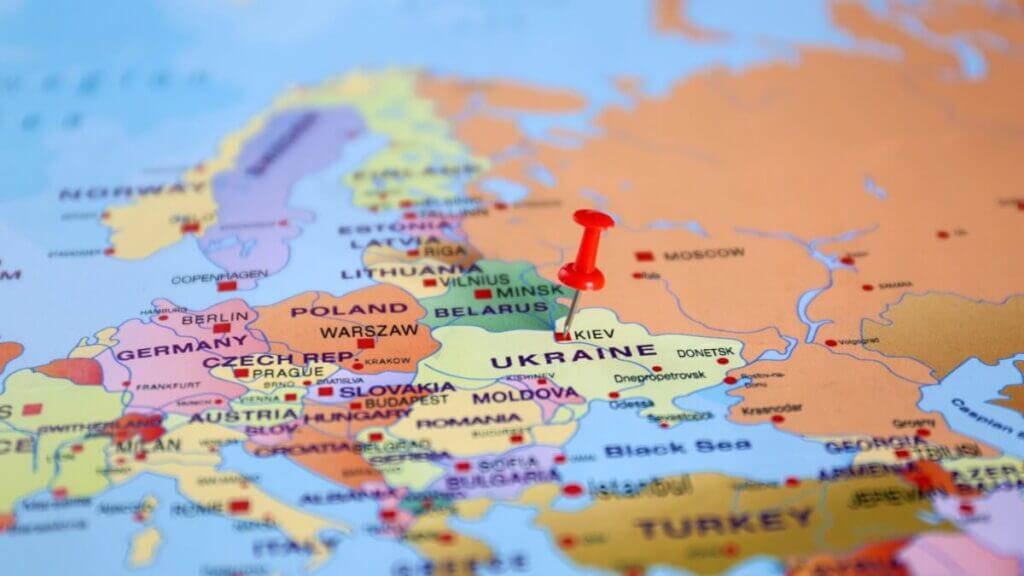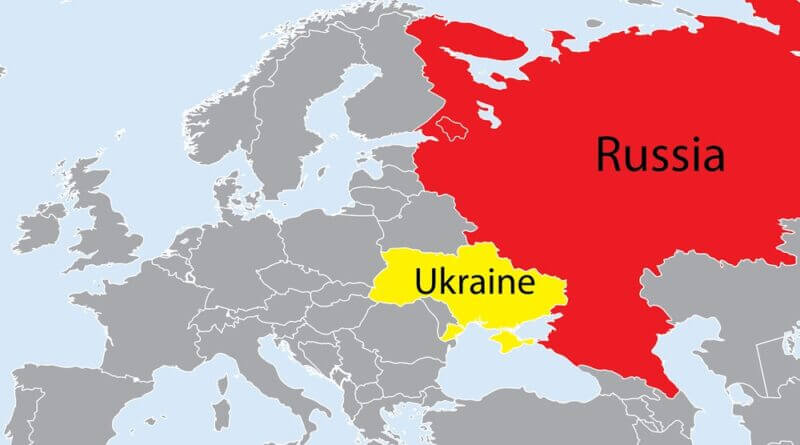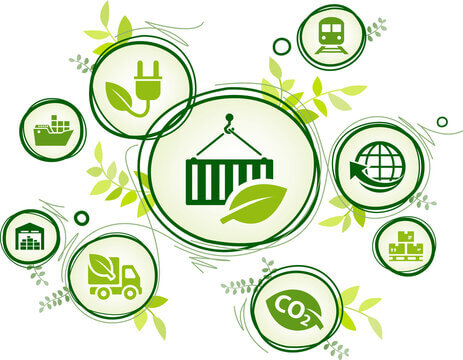GLOBAL SUPPLY CHAIN
The Russia-Ukraine Crisis: War and Assessing the Fallout on the Supply Chain and Logistics Industries
Freight capacity is likely to be one of the foremost supply chain challenges companies will need to solve.
The Russia-Ukraine crisis has rightfully been dominating the news cycle over the last few weeks. And with that, organizations and businesses from around the world have been glued to the news media as they try to make sense of how to best navigate the disruptions being posed by this international incident. And this is certainly true when it comes to businesses in the logistics and supply chain industries.
Already trying to cope with ongoing effects of the COVID-19 pandemic and the historic supply chain bottlenecks that dominated the last half of 2021, to say that the logistics and supply chain industries are under huge amounts of stress would be a massive understatement. And things are only going to get worse for many businesses in these sectors as the conflict with Ukraine continues to unfold.
War and Assessing the Fallout
Representing 200 million tons of transit potential, Ukraine is one of the foremost—yet often overlooked—components of both the European and global supply chains. Therefore, any disruption in the region can have massive knock-on effects for countries throughout the world. Thus, it isn’t surprising to see many supply chain insiders losing sleep over the potential ramifications of this crisis in the short-, medium- and long-term.
With that in mind, below are three key considerations that the supply chain and logistics industry needs to keep in mind as the crisis in Ukraine continues to unfold.
Energy is Hot Topic #1
Market watchers and news outlets have rightly been keeping a close eye on the energy crunch that is stemming from this crisis. And while this energy shortage impacts a wide array of stakeholders, arguably one of the hardest hit in the business world is the logistics industry. For example, as pipelines and sea routes have been disrupted, and more pressure is falling on land-based freight to keep the energy supply chain moving, logistics providers are having trouble keeping up with demand.
In addition, because fuel costs continue to creep up as a result of the supply chain disruptions, carriers are having to make tough choices about which loads they can pick-up in order to maximize their fuel inventory as well as possible.
Resilience Remains a Foremost Challenge
Even before this crisis, organizations around the world were working hard to boost their operational efficiency and resilience in the wake of the tough lessons they were faced with as a result of the COVID-19 pandemic. And because of this state of play, supply chain and logistics companies—which can tend to be deliberate and slow-moving—have quickened their efforts to become more nimble and technology-forward. Yet, for all of the efforts that have been made, because many organizations are still getting to grips with these new tech tools and strategies, questions are being asked about how well the industry will be able to cope with the myriad of disruptions that are cropping up.
Also, many organizations are scrambling to spread resources around in a way that allows them to effectively triage today’s issues while also continuing to expand their existing capabilities. This is something that is incredibly challenging for all organizations regardless of their tech maturity. And given the key juncture that supply chain and logistics companies find themselves in, striking this right balance could be the difference between whether a company can remain solvent over the short- and long-term.
Because of the pre-existing conflicts that have unfolded in eastern Ukraine over the last eight years, Ukrainians unfortunately are no strangers to having to cope with pronounced supply chain fragmentation. However, as this current crisis continues to extend, disruptions are going to become more and more acute. And freight capacity in particular is likely to be one of the foremost challenges logistics and supply chain organizations need to solve.
Due to its location, Ukraine represents a key link in both the global land and sea supply chain. And while under normal circumstances this fact provides Ukraine with perhaps a greater degree of flexibility, as ports become bottlenecked, more and more freight is going to be rerouted over land, and thus serious logjams and capacity shortages will follow.
Additionally, because of the dire humanitarian needs that Ukrainians are facing, more capacity is being allocated to provide humanitarian assistance or to move needed military supplies. This of course means that there will be less capacity available for non-essential goods, and shippers will need to figure out how to capitalize on capacity shifts in real-time if they have any hope of keeping their supply chains moving.
The Russia-Ukraine crisis is one of the most challenging periods of disruption that the logistics and supply chain industries have yet to face. However, because of the role it can play in helping to deliver key supplies to impacted communities, the logistics industry needs to find a way to navigate this situation as effectively as possible. And by keeping these three key factors in mind, shippers and their supply chain and logistics partners can better formulate plans that will keep supply chains moving as consistently and efficiently as possible.
Author: Oleg Yanchyk is CIO of Sleek Technologies, a provider of freight procurement automation solutions. He has 15+ years of logistics and supply chain project management and sales experience.







